If you're looking for a fun and exciting sport that combines elements of tennis, squash, and racquetball, then look no further than Padel. Also known as padel tennis and padel ball, padel is a fast-paced, high-energy game that is gaining popularity all over the world. In this guide, we'll take a closer look at everything you need to know about this thrilling sport, from its history and rules to the equipment you'll need to get started.

History of Padel
Padel originated in Mexico in the 1960s and quickly spread to other Latin American countries before making its way to Spain, where it became hugely popular. Today, Padel Ball is played in more than 80 countries around the world, with professional leagues and tournaments held in Spain, Argentina, and other parts of Europe. It's a sport that is accessible to players of all ages and skill levels, making it a great choice for anyone looking to get active and have fun.
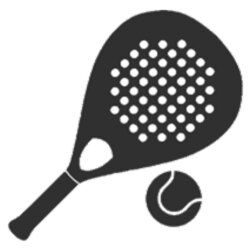
Gameplay Rules
The rules of padel are similar to those of tennis, with one major difference: the court is enclosed by walls. This means that players can use the walls to their advantage, hitting shots off the walls to outwit their opponents. The game is typically played in doubles, with each team allowed three hits before the ball must be returned to the other side of the net. The first team to reach six games wins the set, with matches typically played in best-of-three sets.
Equipment Needed
To play padel, you'll need a few key pieces of equipment. The most important item is a padel ball racket, which is similar to a tennis racket but has a smaller head and a thicker handle. You'll also need padel balls, which are similar in size to tennis balls but with a lower bounce. Finally, you'll need appropriate footwear, such as tennis shoes or indoor court shoes, to ensure good grip and mobility on the court.
Quick links:
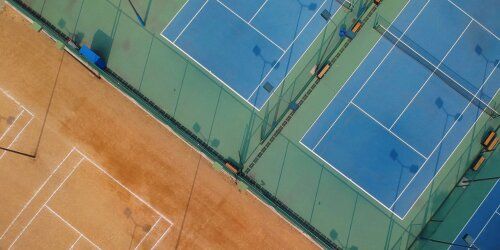
Padel Court
A padel court has a playing field that measures 20m x 10m with a net dividing the court down the middle. A padel court is approximately one-third the size of a traditional tennis court. It is enclosed by glass walls on all sides and features a net with a maximum height of 88 cm in the center, similar in height to a tennis net. The glass walls surrounding the court provide players with unique opportunities to hit shots off the walls, creating angles and challenging their opponents to move quickly to return the ball. The walls also help keep the ball in play, reducing the need for long rallies and making the game more fast-paced and dynamic. The surface of a padel court is typically made of artificial grass or artificial turf, providing a consistent and reliable surface for players to move on. The surface helps reduce the impact on joints, making it ideal for players of all ages and skill levels.
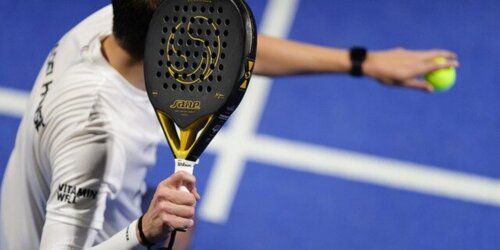
How Padel Differs from Tennis and Squash
While padel shares many similarities with tennis and squash, there are a few key differences that set it apart. The enclosed court means that players must be more strategic with their shots, using the walls to create angles and put pressure on their opponents in a similar way to squash. The lower bounce of the padel ball also makes it easier to control and more forgiving than a tennis ball, making it an ideal sport for beginners or anyone looking for a less physically demanding game.
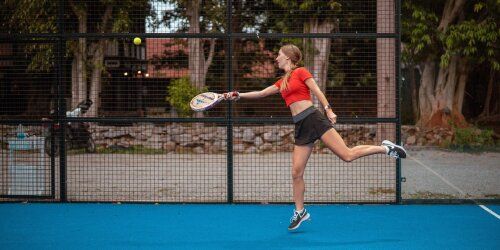
Tips and Tricks for Playing Padel
If you're new to padel, there are a few tips and tricks that can help you get started. One important tactic is to use the back walls to your advantage, hitting shots off the side or back wall to create unexpected angles and outmaneuver your opponents. Another key strategy is to move fluidly around the court, keeping your body weight forward and staying on the balls of your feet to react quickly to incoming shots. Finally, practice your serve, as a strong and accurate serve can give you a decisive advantage in any match.
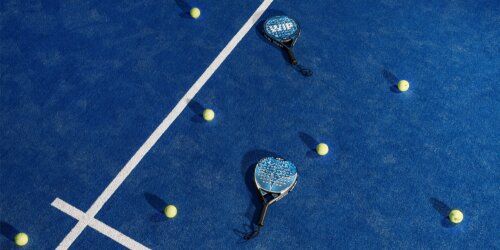
Advantages of Playing Padel
One of the biggest advantages of playing padel is its accessibility. Unlike many other sports, padel is easy to learn and doesn't require a lot of physical strength or endurance. It's also a great way to stay active and have fun, whether you're playing casually with friends or competing in a professional league. Padel can help improve your hand-eye coordination, agility, and overall fitness level, making it an ideal choice for anyone looking to get active and stay healthy.
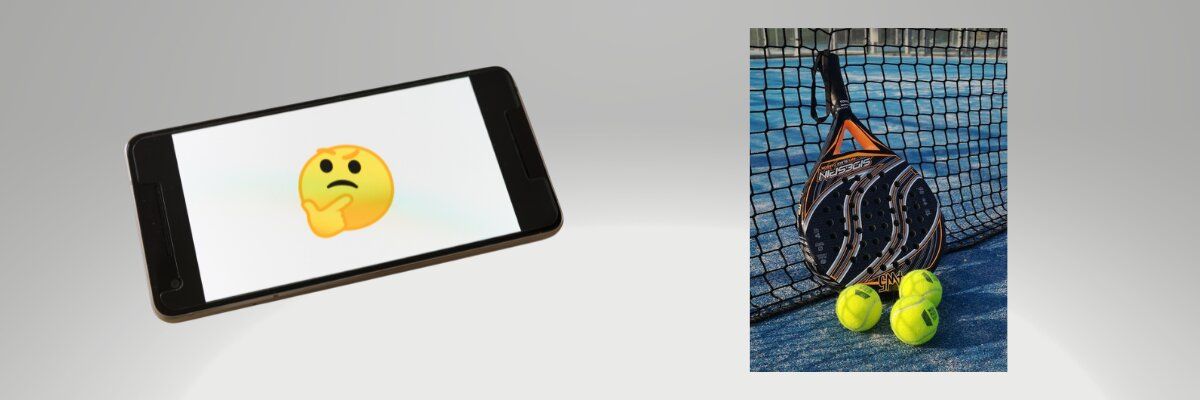
FAQ
If you're new to padel, we've put together some frequently asked questions to give you a jump start into this fun and addictive sport!
What is padel?
Padel ball is a racquet sport that is similar to tennis but is played on a smaller court with walls. It is played with two players on each side of the court and is a combination of tennis and squash. The rules are similar to tennis and the scoring system is the same, however, the court has walls and the ball can be hit off them, making it a more tactical game. Padel ball is popular in Spain, Mexico, South America and some parts of the United States.
What is padel called in America?
Padel is not a widely known sport in the United States, yet, so it does not have an official name. However, it is sometimes referred to as "paddle tennis" or "paddleball" in the US.
Can you play padel in the US?
Yes, you can play padel in the US. Padel is a popular sport in many countries around the world, and it is becoming increasingly popular in the US as well. There are now many padel clubs and courts in the US, and there are even tournaments and leagues available for players to join.
Why is padel so popular?
Padel is a popular sport because it is easy to learn and is a great way to stay active and socialize. It is a combination of tennis and squash, played on a smaller court with walls, and is a fast-paced game that requires quick reflexes and agility. It is a great way to get some exercise while having fun with friends or family. Additionally, the game is becoming increasingly popular in countries around the world, and professional tournaments are being held in many countries.
Is padel the same as racquetball?
No, padel and racquetball are not the same sport. Padel is a racquet sport that combines elements of squash, tennis, and badminton. It is played on a court that is smaller than a tennis court, with walls on the side of the court that can be used for shots. Racquetball is a sport played on a four-walled court with a small, hollow rubber ball and a long-handled racket. The objective of the game is for the players to hit the ball off the walls of the court in such a way that the opponent cannot return it.
Related Articles:
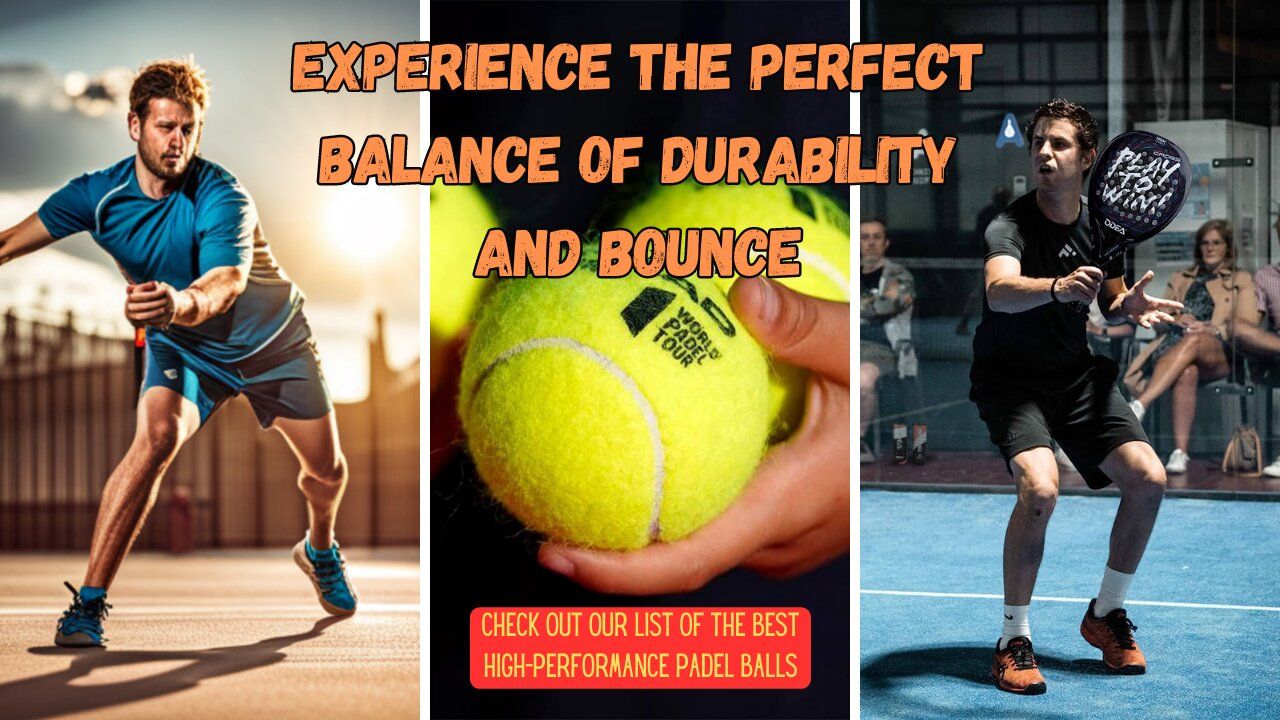
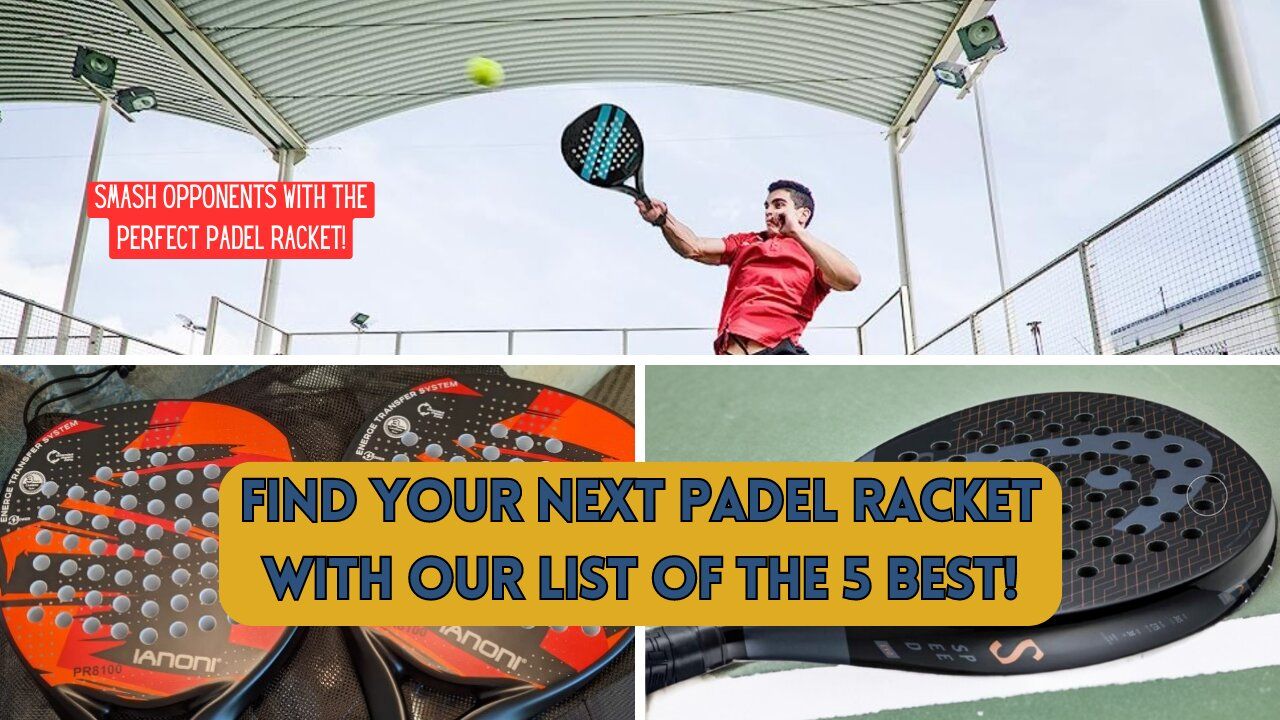
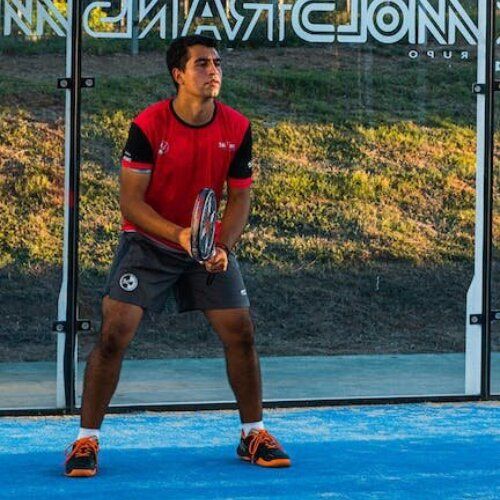
Padel is a fun and exciting sport that's gaining popularity all over the world. With its unique rules, fast-paced gameplay, and accessible equipment requirements, it's a great choice for anyone looking to get active and have fun. Whether you're a beginner or an experienced player, there are plenty of tips and tricks that can help you improve your game and take your skills to the next level. So why not give Padel Ball a try and experience the thrill of this exciting sport for yourself? Maybe we'll see you on the World Padel Tour!










